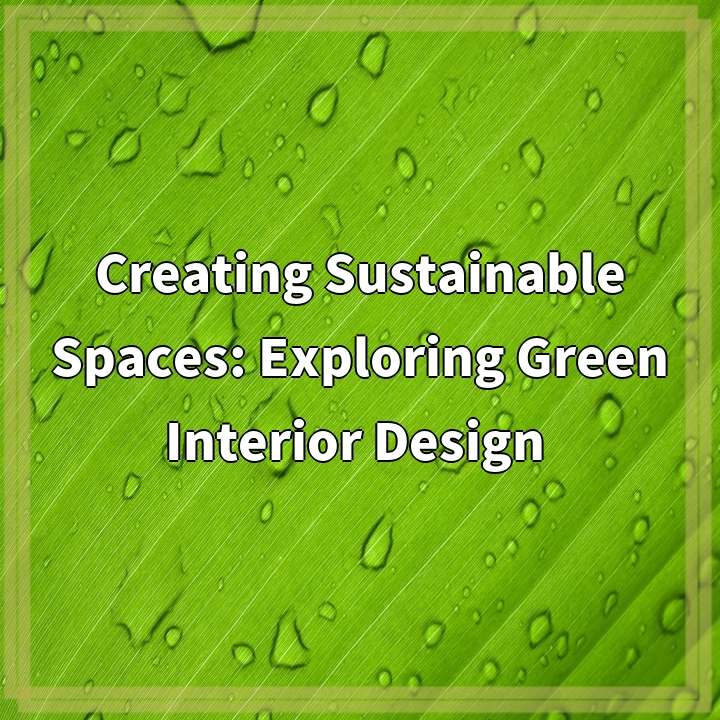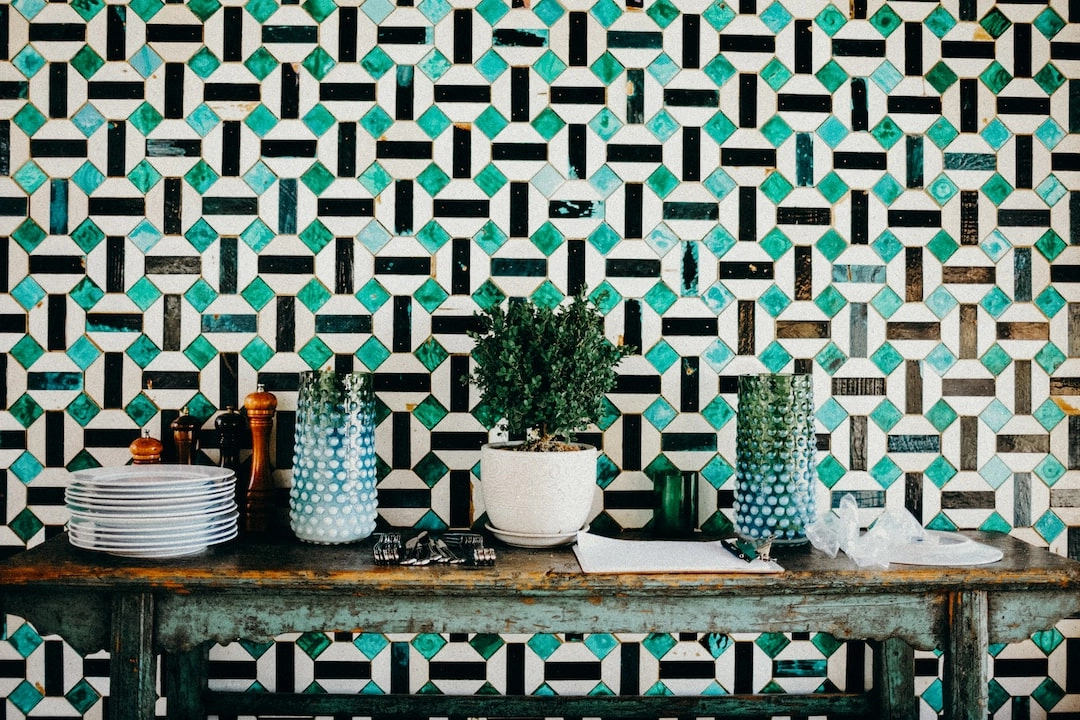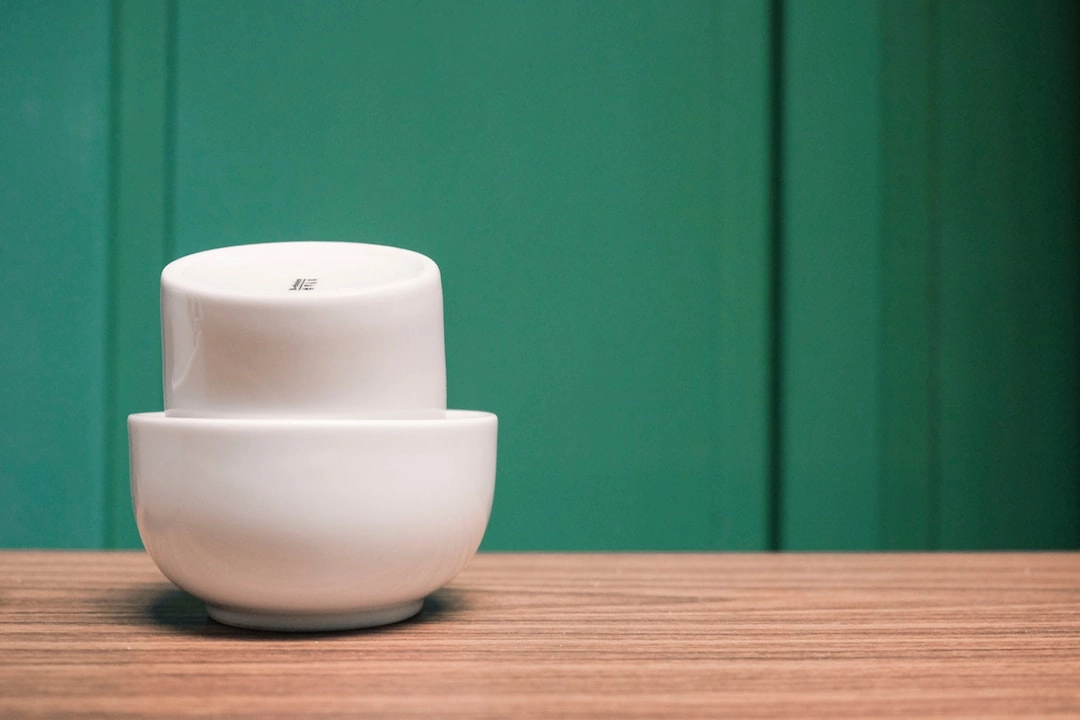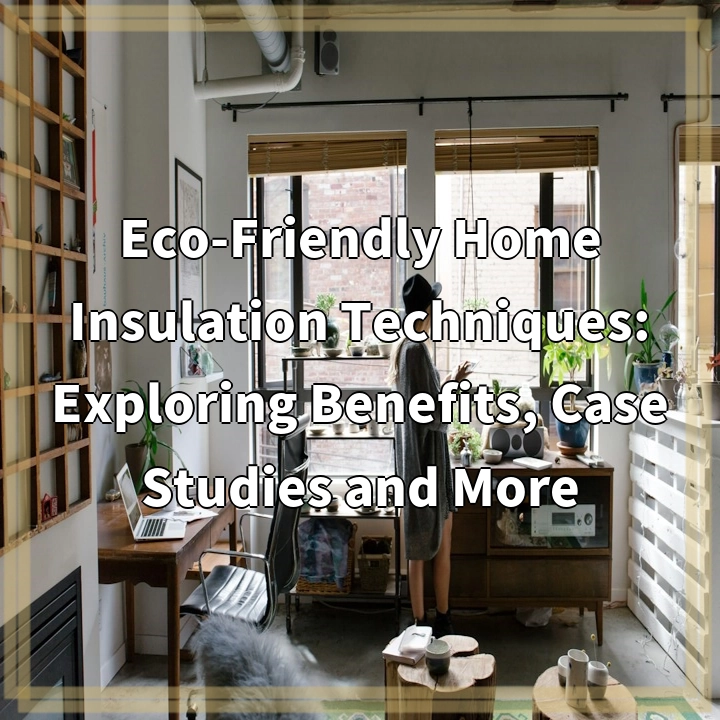
What is Green Interior Design?
Green Interior Design, also known as sustainable or eco-friendly interior design, is a concept that focuses on creating interior spaces that have a reduced negative impact on the environment and promote the health and well-being of occupants. It involves using sustainable materials, energy-efficient technologies, and environmentally-friendly practices in the design and construction process.
Real-World Problems Associated with Green Interior Design
While Green Interior Design offers numerous benefits, it also faces several real-world challenges and problems that need to be addressed:
1. Limited availability of sustainable materials
One of the challenges faced by Green Interior Design is the limited availability of sustainable materials. Designers often struggle to find materials that meet both environmental and aesthetic requirements. There is a need for more research and development in sustainable material alternatives that can be used in interior design without compromising on quality and aesthetics.
2. High cost
Implementing Green Interior Design practices can sometimes be more expensive compared to conventional interior design. Sustainable materials and technologies often come at a higher price point, and the additional costs associated with certifications and third-party verifications can also add up. This cost barrier can limit the adoption of sustainable practices by some clients and designers.
3. Lack of awareness and education
Many people, including both designers and consumers, are not fully aware of the benefits and possibilities of Green Interior Design. There is a need for increased education and awareness campaigns to highlight the importance of sustainable interior design and to showcase successful examples and case studies.
4. Retrofitting existing spaces
Retrofitting existing interior spaces to make them more sustainable can be a challenge. Many buildings and spaces were not originally designed with sustainability in mind, and it can be complex and costly to make them more eco-friendly. Designers and building owners need to find innovative solutions for retrofitting and renovating existing spaces to align with green principles.
5. Balancing sustainability and aesthetics
Another challenge is finding a balance between sustainability and aesthetics. While sustainable materials and practices are essential, it is also crucial for the interiors to be visually appealing and functional. Designers must find creative ways to incorporate sustainable elements while meeting the aesthetic preferences and functional requirements of clients.
6. Lack of industry standards and certifications
While there are various green certifications and standards available, the interior design industry lacks comprehensive and universally recognized guidelines. The absence of standardized regulations and certifications can make it difficult for designers to navigate and implement sustainable practices consistently.
Despite these challenges, Green Interior Design continues to gain momentum as more awareness is generated about the importance of sustainable practices. By addressing these real-world problems, the industry can move towards creating interior spaces that are not only visually appealing but also environmentally friendly and healthy for occupants.

Solutions for Green Interior Design Challenges
1. Increasing the availability of sustainable materials
To address the limited availability of sustainable materials, collaborative efforts are needed between designers, manufacturers, and suppliers. Research and development should focus on creating more sustainable alternatives that meet both environmental and aesthetic requirements. Increased investment in sustainable material production can help make them more readily accessible in the market.
2. Cost-effective Green Interior Design
To overcome the cost barrier, designers can explore cost-effective sustainable options such as reclaimed materials, energy-efficient appliances, and locally sourced products. Educating clients about the long-term savings and benefits of investing in green design can also help justify the initial higher costs.
3. Raising awareness and education
Educational initiatives should be implemented to increase awareness about Green Interior Design among designers, consumers, and industry professionals. This can be done through workshops, seminars, online resources, and industry events. Showcasing successful case studies and highlighting the positive impact of sustainable design can inspire more people to adopt these practices.
4. Innovative solutions for retrofitting
Designers and building owners need to explore innovative retrofitting techniques to make existing spaces more sustainable. This may involve energy-efficient lighting and HVAC systems, insulation upgrades, and incorporating natural daylighting wherever possible. Collaboration with architects, engineers, and sustainability consultants can help in identifying the best solutions for each specific space.
5. Balancing sustainability and aesthetics
To address the challenge of balancing sustainability and aesthetics, designers can focus on incorporating sustainable elements that enhance the overall visual appeal of the interior spaces. This includes selecting eco-friendly materials in a range of colors and textures, designing with biophilic elements like plants and natural lighting, and integrating sustainable furniture and accessories without compromising on style.
6. Establishing industry standards and certifications
A collective effort across the interior design industry is needed to establish comprehensive industry standards, certifications, and guidelines for Green Interior Design. This can provide clarity and consistency in implementing sustainable practices. Designers should actively seek out and incorporate recognized green certifications, such as LEED and WELL, to validate their commitment to sustainability.
By implementing these solutions, the interior design industry can overcome the challenges associated with Green Interior Design and pave the way for a more sustainable future.















